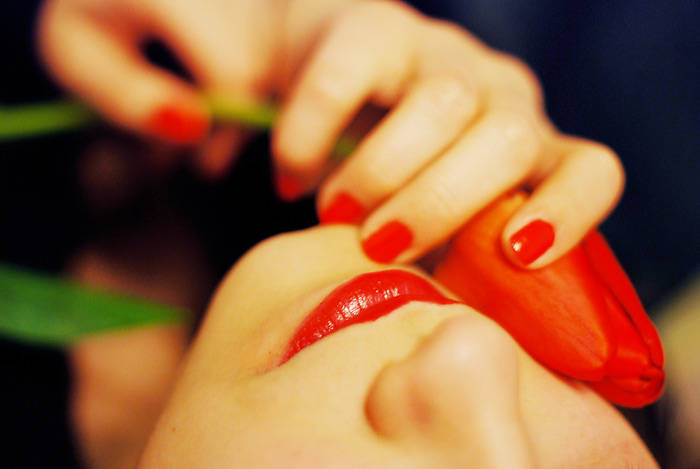Each person is an individual. In the world, there are absolutely identical people each with its own character, temperament, strengths, weaknesses, and unique image. But there are features in appearance that can spoil a person’s life, in the literal sense.
It’s about an ugly nose. It is he who attracts the most attention of others. Irregular shape or hump can cause a lot of trouble in childhood and form persistent complexes.
But the problem of aesthetics is not always the main motivating aspect. Many patients wish to have a nose job due to functional breathing disorders that endanger their health.
Nose surgery-plastic surgery on the nose, aimed at correcting the shape and size of the nose surgically or non-surgically. Often rhinoplasty is combined with septoplasty (correction of the nasal septum).
The problem is a deviated septum of the nose
The curvature of the nasal septum can be caused by both deformations of the bone, cartilage, and both at once. The most important causes of nasal septum curvature are genetic factors and injuries. We should also highlight the birth trauma of the nose: they can also be the cause of curvature.
Types of curved partitions Types of curved
The curvature of the nasal septum is perhaps one of the most common reasons why patients turn to surgeons and resort to plastic surgery on the nose. Over time, breathing through the nose can deteriorate significantly, which can lead to drying of the mucous membrane and the development of sinusitis. Sometimes, the curvature of the nasal septum is accompanied by deformation of the external structures, so it may be necessary to simultaneously correct the external structures, the septum itself or the nasal shells. Here you can read more about the operation of Septoplasty (plastic nasal septum).
Main types of rhinoplasty
Today, rhinoplasty surgery is a kind of plastic surgery that uses many techniques together with the latest technologies and modern equipment. It should be noted that a process such as rhinoplasty means correcting the bone and cartilage frame. Rhinoplasty of the tip of the nose can also be carried out, the prices of which do not differ much from the plastics of the nostrils, columella and the installation of fillers.
Correction of columella
Before considering this type of rhinoplasty should find out what is columella. This part of the nose, which is a part of the skin of the septum between the nostrils. It is she who is responsible for the shape of the nose. It is necessary to carry out rhinoplasty if columella is too small or large, curved or located above the nostrils, as well as if you have a desire to simply improve your nose. Rhinoplasty can eliminate any defect that is associated with the form of columella.
Correction of nostrils
This operation solves the problem of the shape of the nostrils-wide or too narrow. With a decrease in the size of the nostrils, a narrowing of the external nasal passage and the removal of part of the wings is assumed. The shape of the nostrils in rhinoplasty is performed using cartilage taken from the auricle or nasal septum.
Elimination of hump
A large number of patients come to fix the annoying hump on the nose. We align the back and form a straight graceful nose. To get rid of the hump, we use an osteotome, which removes areas of bone and cartilage. After that, it remains an open arch between the bones. Then the edges are polished, the osteotomy is performed and the position of the bones changes.
Nose tip shape correction
During the operation, small incisions are made inside the nostrils. If the patient has a nose “potato”, the surgeon can remove the lobes of the pterygoid cartilage, and the seams are superimposed so as to form the desired tip of the nose. In this version, open rhinoplasty is the most suitable method.
Scheme of correction of the width of the tip of the nose. A-the width of the tip of the nose during the application of the dome seam, B-Change the width of the tip of the nose after suturing.
The use of fillers
The use of these materials is provided in the case of correction of the tip of the nose, smoothing pointed corners, minor flaws. During rhinoplasty, fillers are injected under the skin and simulate the shape of the nose, smooth out small wrinkles, fill voids. Moreover, the operation of this type is a non-surgical rhinoplasty, it is almost painless and involves only a small incision and it is not always.
Decide stage
This is called the primary if the patient is to enter this operation for the first time. The operating surgeon gets many opportunities for shape modeling, which limits the anatomical features associated with the nasal size and skin type thanks to modern facilities.
As a result, a coarse and large nose cannot be immediately transformed into a small piece, and a small tip cannot be substantially increased, because the tissues cannot be stretched infinitely. The patient should be aware of all these.



